Back to the Colonial Future

Quest
Jack and Hannah Ormerod and Lucia, Delphine & Fin
Wed 5 Oct 2016 22:58
The floating Griswalds went on a tour this weekend and found Trinidad a cosmopolitan bunch. It seems the whole nation is joined by one common thread in its history besides the highways and strip malls we drove past. Oh yes, cue the Brits! After slavery was abolished in 1833, the sugar cane British farmer had a shortage of hands for his infamously labour-intensive crop. In came India under British rule to solve the problem. The deal the colonials gave each Indian was five years of indentured labour and if you didn't like it, you'd get a free trip home. Tempting, no? Perhaps Trinidad wouldn't have felt too different to rural India. This is a tropical landscape, some of it flat savannah, other parts hilly jungle. And the newly-arrived Indians had a seriously cool trick up their sleeve. The mud hut. We discovered this while visiting the East Indian Museum on a quiet Saturday afternoon where a gentlemanly ex-Primary School Headteacher of 39 whole years informed us that Indians were very good at building mud huts. In fact, he told us this while we were standing inside a mud hut in the museum's car park. It seems the lowly mud hut had the last laugh; always cool inside, kept out the rain, subject to improvement. As soon as the Indian farmer made a little money, the palm roof was replaced with corrugated metal, the next step was the chip-boarding of walls then the raising of the floor and presto, you got a modern house. Meanwhile, the ex-headteacher put his hands behind his wooden plank of a back and being his only visitors in the museum at the time, we stood there as if glued to him. 'The last recorded mud hut was phased out in the 1970s. Even so, it had electricity and modern plumbing!’ He let out a little giggle. The mud hut was flexible enough to be turned into hut, hut turned into house, house turned into temple. As if to prove the point, one devout Hindu spent decades solo-building a Hindu temple just down the road. And it wasn't just any Hindu temple, it was located fifty or so metres into the sea in an unused mangrove swamp and he could only access it when the tide was low enough. Despite its out-of-the-way location, the company who owned the land weren't impressed, first fining the devout builder, then jailing him and finally demolishing his temple. Then the man driving the demolition tractor was killed a month later when a tree fell and broke his back. Spooky twist, always a spooky twist! We discovered the Temple in the Sea is now a beautiful-looking place to worship. We found elephants too in the surrounding neighbourhood called Waterloo, gorgeous ladies and a large statue of the monkey God, Lord Hanuman. Is there nothing, we wondered walking around, that these guys don't build? Going back in time again; the colonial Brits went one step further. To dissuade anyone going home at the end of the contracted five years, each Indian family was offered five acres of land. Step forward a hundred years and Trinidad is now 40% East Indian, two percent more than the Afro-Caribbean population. The last ship with indentured Indian labourers docked in Trinidad's capital, Port-of-Spain in 1917 which means next year they'll be celebrating its centenary. For sure some people, including an ex-headteacher with smart, creased trousers and immaculate, slicked-back hair and is havin' a party, or as it's known here, a lime... On Saturday, our easy-going and rather tired-looking tour guide, Martin took us to a roadside cafe for lunch. It was either revenge for all the questions we'd plied him with or it really was the place to eat. With a downpour in the background, we watched everyone in town shake off their umbrellas and pick up their takeaway roti. The roti really does seem the food of choice in this almost last bastion of English-speaking territory before Spanish South America really gets its claws in. A giant colonial hand stirring this melting pot. Love from Quest and her crew xx 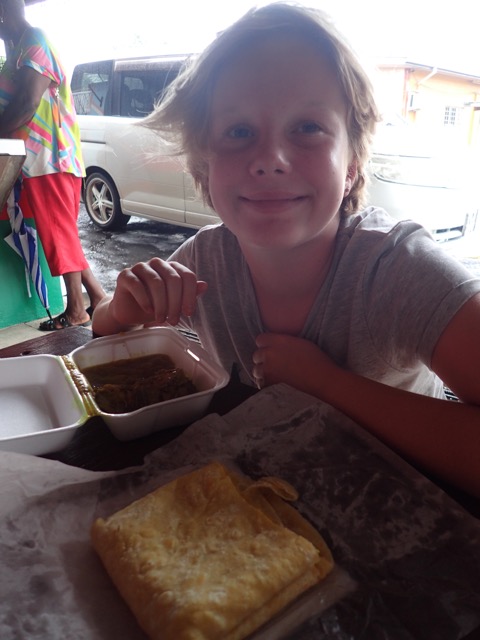 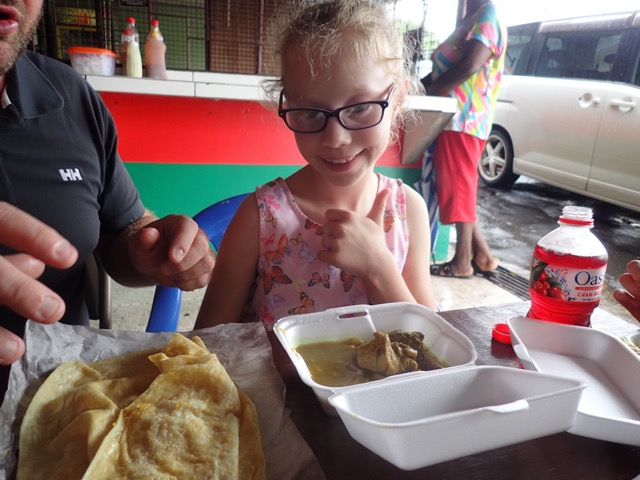  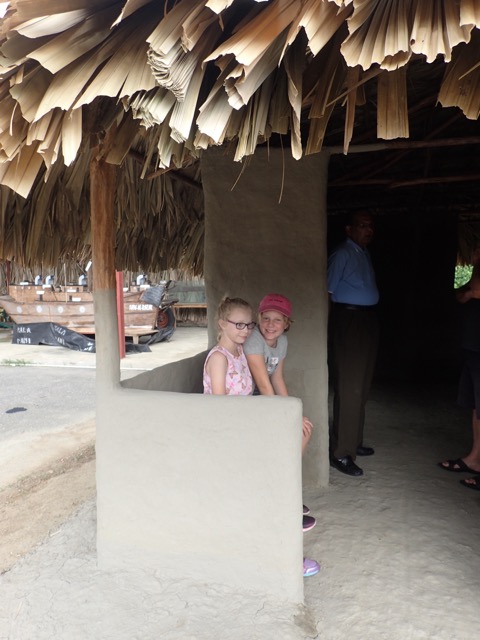 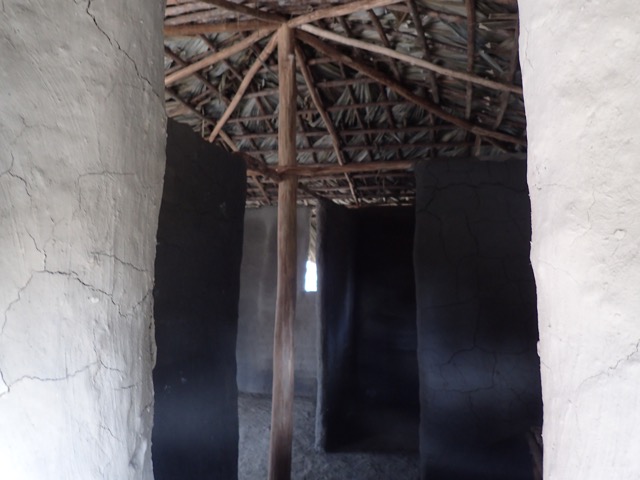     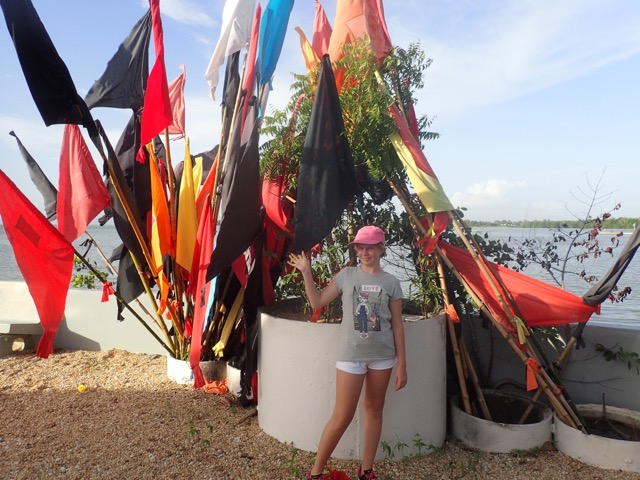 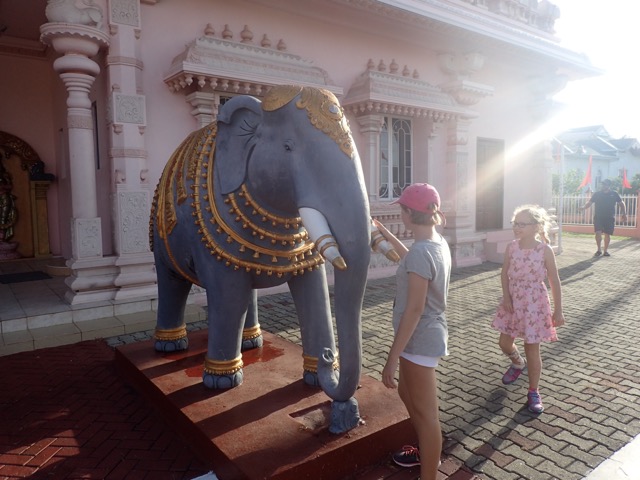  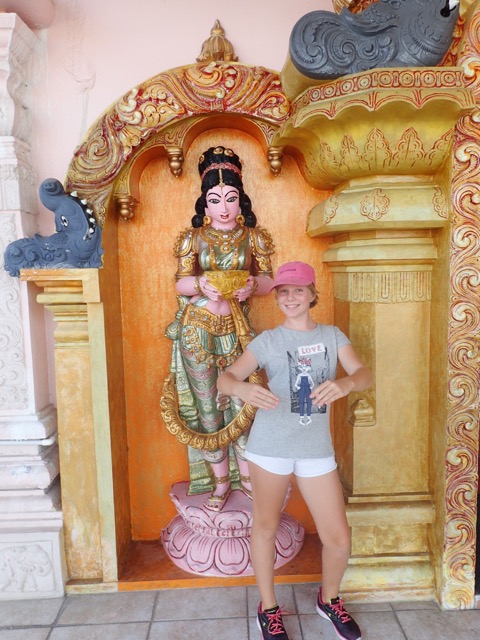 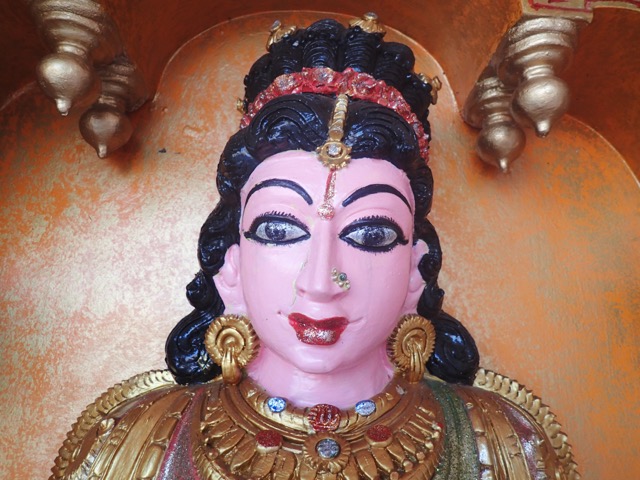    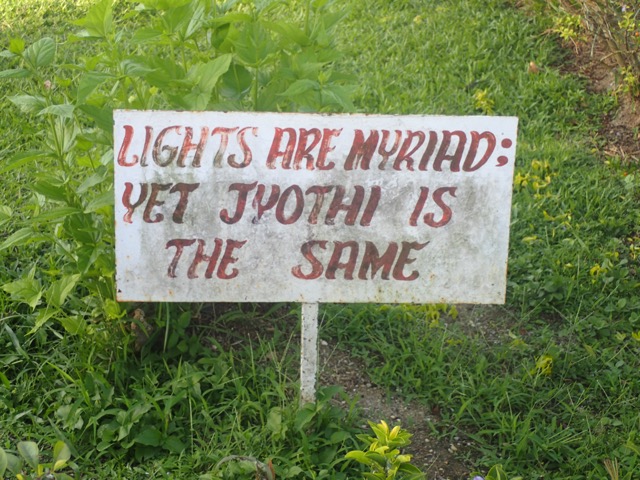 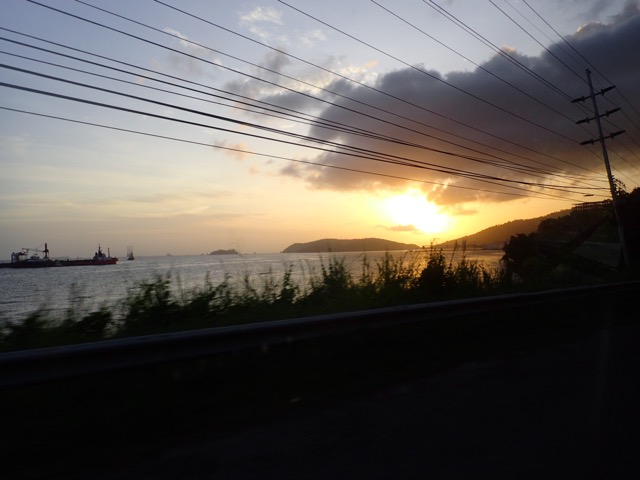  |